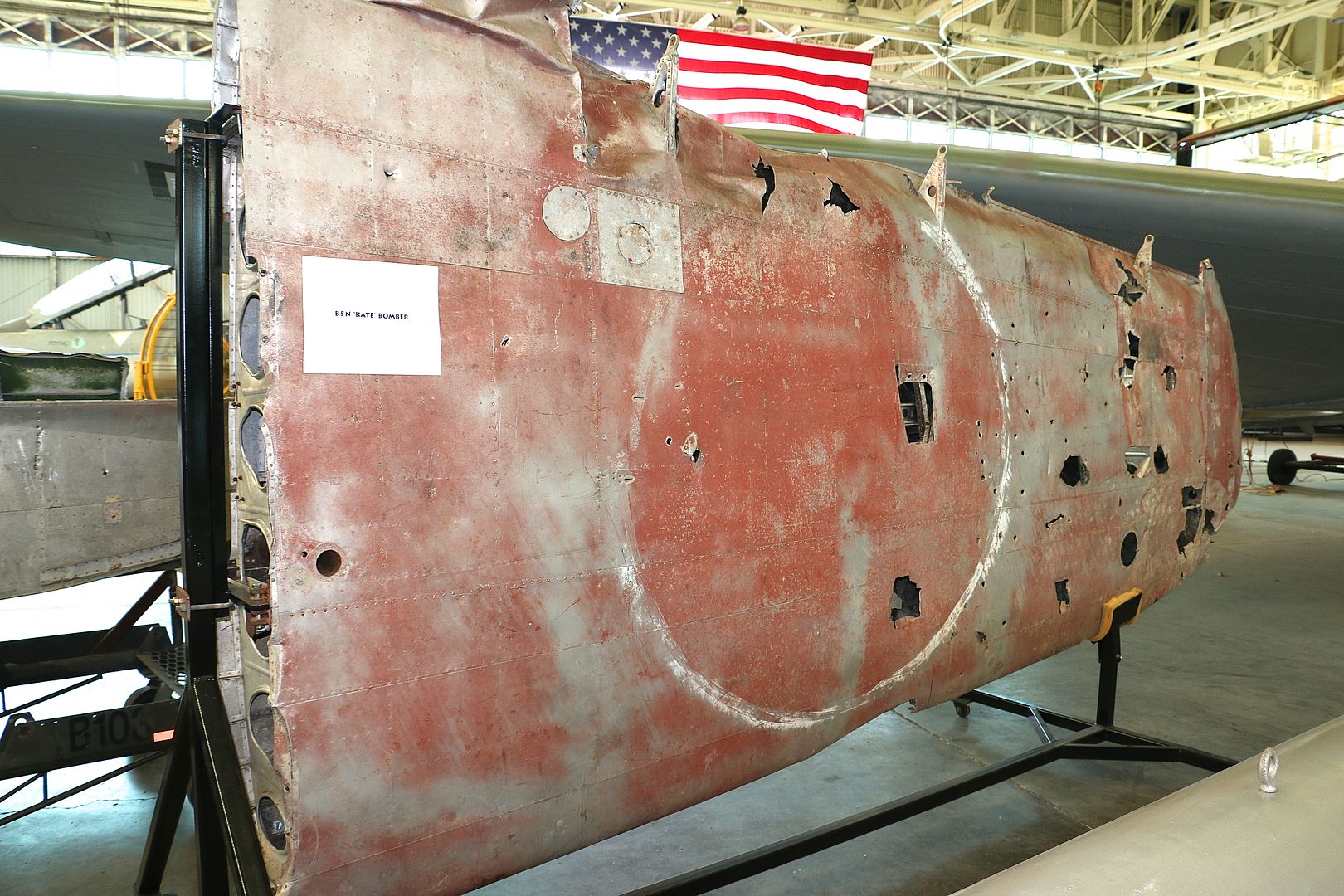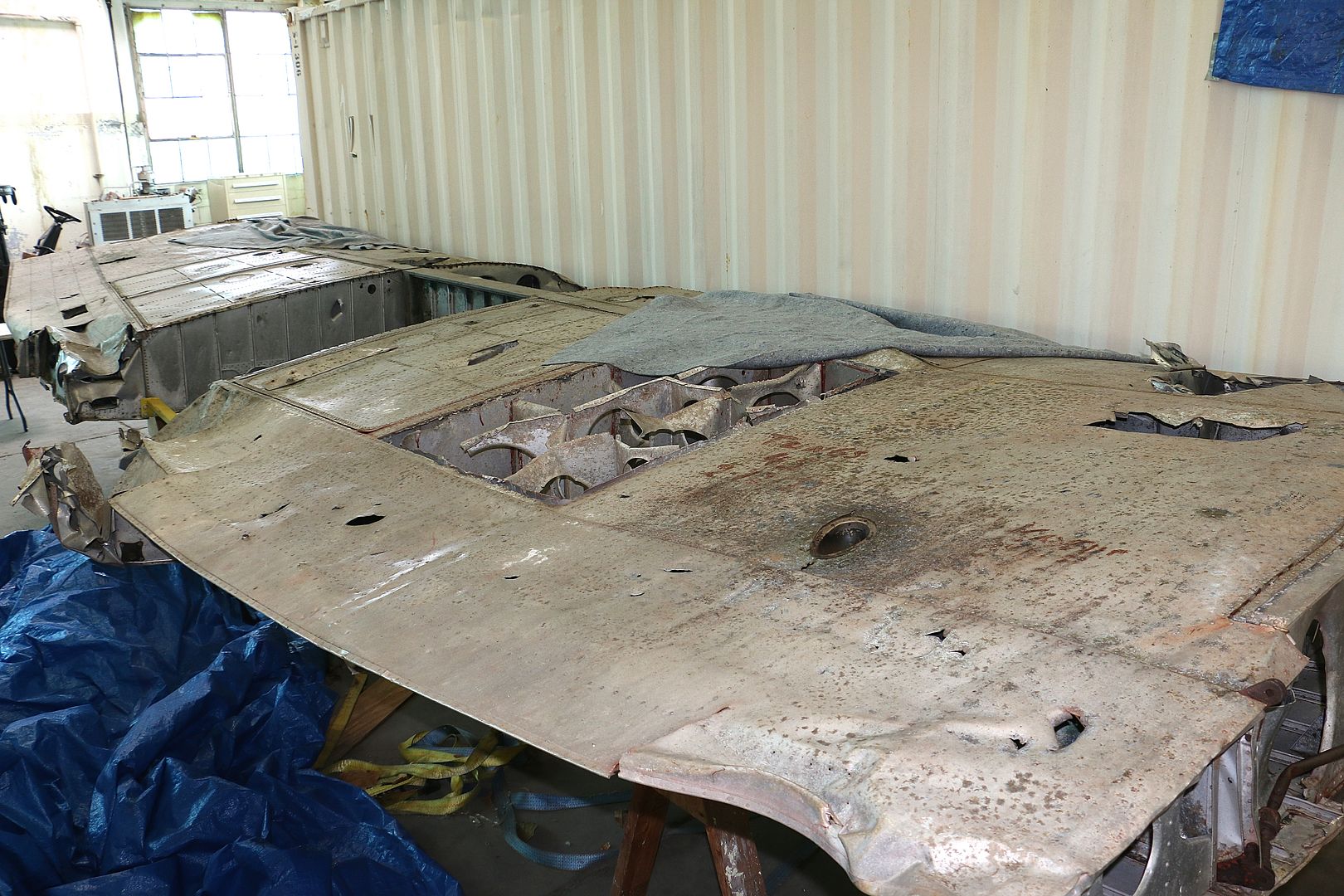|
|
Post by Dave Homewood on Apr 21, 2016 15:25:48 GMT 12
|
|
|
|
Post by Dave Homewood on Apr 22, 2016 3:37:41 GMT 12
|
|
|
|
Post by ErrolC on Apr 22, 2016 18:08:35 GMT 12
|
|
|
|
Post by johnnyfalcon on Apr 23, 2016 7:56:02 GMT 12
Kudos to you Dave for your valuable contribution to that informative article. I'm sure the Pacific Aviation Museum love those pics.
|
|
|
|
Post by davidd on Apr 23, 2016 10:52:54 GMT 12
The Japanese aircraft sent from Vunakanau to Jacquinot Bay in September and October 1945 were obtained after the end of hostilities, so I guess that they were not technically captured or surrendered in the usual sense. Incidentally the three Zekes, Dinah, Jake and Kate were all viewed by RAAF and RNZAF personnel at Vunakanau (or Malaguna in case of the Jake) well before departure, but they were quite happy for the Japanese to fly all these aircraft (apart from the Jake) to their final destinations as RNZAF personnel were not authorised to fly them and were delighted that they did not have to accept the risk of actually flying what were unknown and possibly dangerous ex-enemy equipment running on doubtful fuel, even though the flights involved were not of any great duration, and not over great stretches of ocean. I think in fact that the Allies (in this case Australian and New Zealand field commanders) requested that the Japanese air personnel deliver them to the chosen destination more-or-less as a favour, although I have never found any documentation such an arrangement. The fact that the Japanese aircrew involved were issued with official Imperial Japanese Army or Navy receipt forms to be countersigned by the receiving (Allied) authorities and returned to Rabaul afterwards seems to indicate that this was a planned exercise, although in the event it seems that the Allied receiving officials (the RNZAF at Jacquinot Bay) refused to return the receipts on the basis that the Japanese armed forces had in fact no powers to expect their authority to be recognized (except when it happened to suit the Allied power that is!)
And although it seems that the Americans would like to be able to prove that this particular Kate was present in the Pearl Harbour striking force, this would appear highly unlikely to me, as the exhaust system originally fitted on this aircraft was of the later type (similar to those fitted to the Kate's successor, the Jill torpedo bomber). This type became quite popular during and after WW2, and similar types were fitted to such aircraft as Sea Fury, AD Skyraider, FW 190, and even the Bristol Brigand, etc. I imagine that technically this type of exhaust could have been retrofitted, but doubt that this would have been considered a priority during 1944 when Rabaul was all but cut off from normal Japanese supply lines, with only small items such as atabrine and A/A shell fuses were able to be supplied by occasional courier flights between Truk and Rabaul undertaken by the sole Dinah or the Jake floatplane.
David D
|
|
|
|
Post by Dave Homewood on Apr 25, 2016 20:01:12 GMT 12
Interesting stuff David. That team of RNZAF chaps who first went into Rabaul immediately after the surrender included Doug Vahry who was a photographic officer, and you can see his photos of the 'captured' aircraft at and leaving Rabaul on this thread rnzaf.proboards.com/thread/23770/aichi-e13a-jakeI believe Doug still lives in Taupo, David, if you want to give him a call and chat about his memories of the hand over of the aeroplanes. He was sharp as a tack when I spoke with him in 2010, but sadly was not keen to do a recorded interview. But a phone call may reveal a lot of valuable info. I put an American author onto Doug who rang him and got a load of info for his book on Rabaul. Doug spent a lot of time there searching everywhere through the caves, round the airfields, etc, gathering intelligence and photos. |
|
|
|
Post by Deleted on May 13, 2016 10:41:39 GMT 12
Very strange anyone is trying to tie this aircraft in with the Pearl Harbor raid given this comment in the Huddington Post article: "this particular aircraft was built one year later in 1942 and was therefore not involved, DeHoff said."
Also this strikes me as odd: “This will be a very complete restoration, right down to the point where if you put fluids in it, we’d be able to crank the thing up and fly it,” DeHoff added.
Surely that sort of restoration would cost far more than US$1mil??
Also also: kudos to Pioneer for playing a part in this project, what a real thrill!
|
|
|
|
Post by shorty on May 13, 2016 15:21:05 GMT 12
Very strange anyone is trying to tie this aircraft in with the Pearl Harbor raid given this comment in the Huddington Post article: "this particular aircraft was built one year later in 1942 and was therefore not involved, DeHoff said." Not suprising given it's being done in America, next thing you know it will be one flown by Amelia Eaarhart! |
|
|
|
Post by Dave Homewood on May 13, 2016 18:01:33 GMT 12
Don't be silly Shorty, that's the Kate that shot her down, starting the Second World War  |
|
|
|
Post by planecrazy on Jul 6, 2016 15:18:26 GMT 12
Here she is at the Pacific Aviation Museum’s restoration hangar on the morning of the 5/7/16. Spoke to some of the restorers no damage in either an accident or from enemy action, they believe she will be an easy restoration as they have most of the aircraft. Will get new paint, I did ask jokingly if she would go back to her second owners the RNZAF, got a rey smile. Really interesting being up close to American and Japanese aircraft of the era, you can see the Japanese stuff was way lighter than the American.    |
|
|
|
Post by Dave Homewood on Jul 6, 2016 16:02:25 GMT 12
Great to see Peter.
|
|

